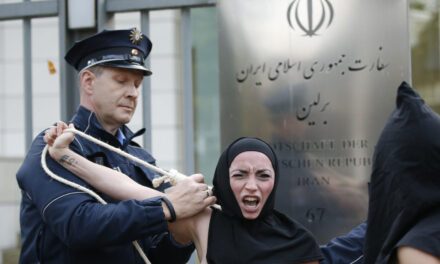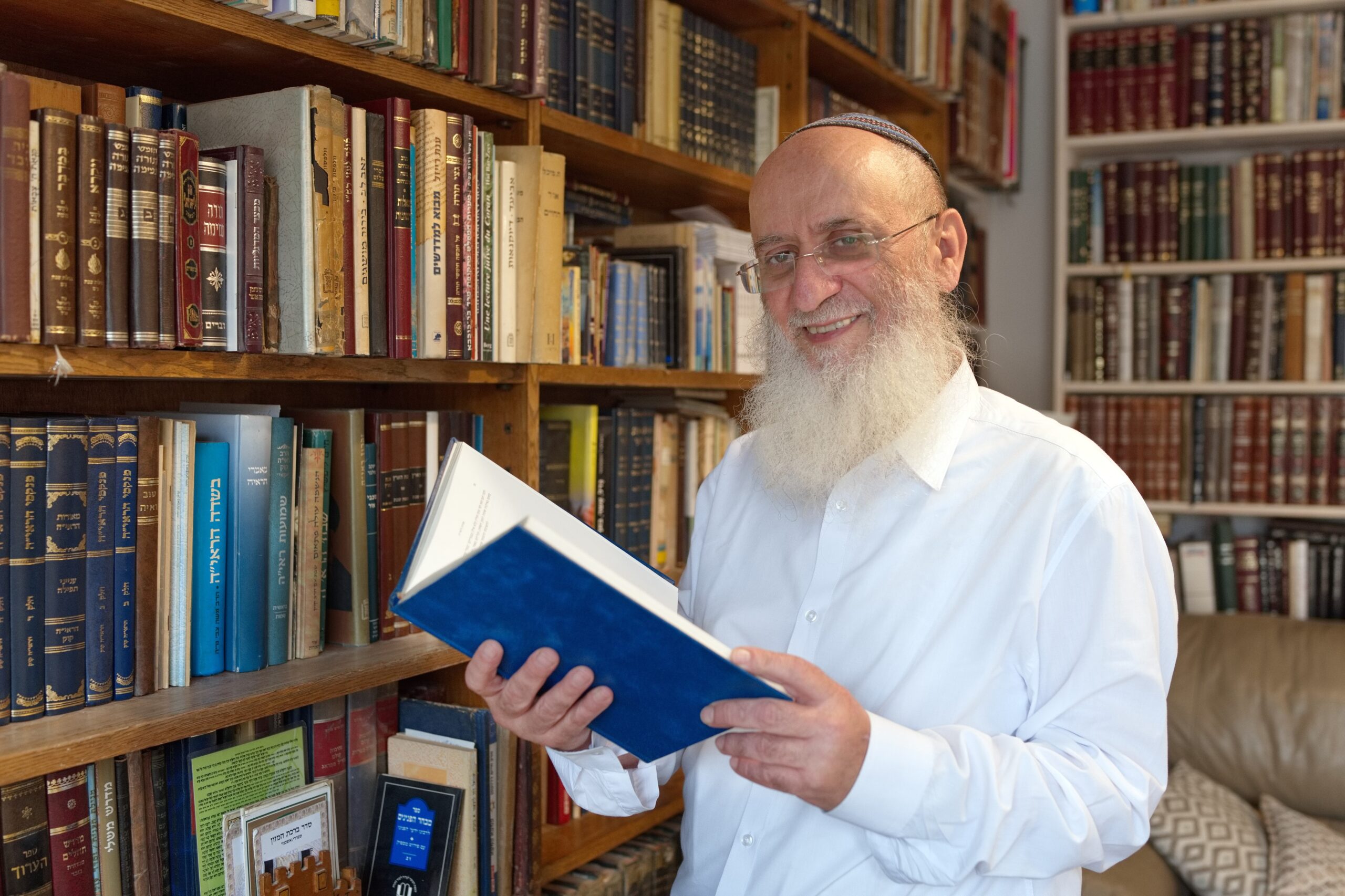The shrine of Sayyid Khamoush, one of the Kakai clerics, in the town of Hawar in Halabja Governorate in Iraqi Kurdistan. Photographer Anwar Muhamed
Kakais or Yarsanis are spread between Iraq and Iran, and they are followers of the Kakai religion, which dates back to more than 5000 years. According to historical sources, the roots of this religion extend to the Mithraic religion that appeared among the Indo-European peoples, and then spread to Asia and from there to the world.
Kakai is considered one of the oldest ancient Kurdish religions, and it is a non-missionary religion. The number of followers of the religion in Iraq is about 120 thousand people, distributed in the regions of the Nineveh Plain, Sulaymaniyah, Erbil, Halabja, Khanaqin, Kirkuk, Diyala and other cities. As for Iran, their number is about 4 million people, spread in the regions of Qazvin, Azerbaijan, Zanjan, Shiraz, Tehran, Kermanshah, Hamadan and other cities.
Hawar village, located 16 kilometers east of Halabja Governorate in Iraqi Kurdistan, is one of the holiest places for Kakais, especially in Iraq. The religion branched out from there and expanded. The village contains many ancient shrines and religious sites for the followers of this religion who live there.

Photo: Anwar Muhamed
Hawar village is located in the middle of the towering Shenroi Mountains in Halabja, and is characterized by its nature, which is dense with forests and natural trees, most of which are fruit trees, oaks, walnuts, and almonds. The Kakais’ interest in the environment and nature has contributed to the flourishing of green spaces in Hawar village, which can barely be seen from afar amidst the dense trees.
The most prominent feature that distinguishes men from followers of this religion is their prominent mustaches, which they forbid shaving due to their religious sanctity. Their traditional dress is no different from the Kurdish dress, nor is their language.

One of the religious shrines for followers of the Kakai religion in the town of Hawar in Halabja Governorate – Iraqi Kurdistan. Photographer Anwar Muhamed
The religious rituals of the followers of the religion are represented by a set of prayers and supplications, fasting, and holding religious meetings once a month, during which each Kakai is required to make a vow. This vow consists of offering fruits or any other type of food, and the meeting includes supplication and prayer.
The followers of the religion have been exposed throughout their history to many campaigns of genocide, so the details of beliefs and rituals are unknown to many, and the followers of the religion have been forced to hide some of the details of the religion throughout history for fear of the campaigns they were exposed to.





